The Russian tile and ceramic industry, long a pillar of the country’s building sector, is in the midst of a profound transformation. What was once a market primarily driven by volume and practicality is now being reshaped by powerful emerging trends that span the entire value chain, from the factory floor to the final consumer. For manufacturers, designers, and investors, understanding these shifts is not just an advantage—it is essential for long-term success.
This comprehensive article provides an in-depth analysis of the forces at play, examining the key innovations and evolving preferences that are defining the new era of Russian ceramics. We will explore the technological advancements revolutionizing production, the changes in how products are distributed and sold, and the subtle yet significant shifts in what the Russian consumer truly desires. By tracing these trends from their origin in production to their final expression in consumption, we will provide a complete picture of the market’s future trajectory.
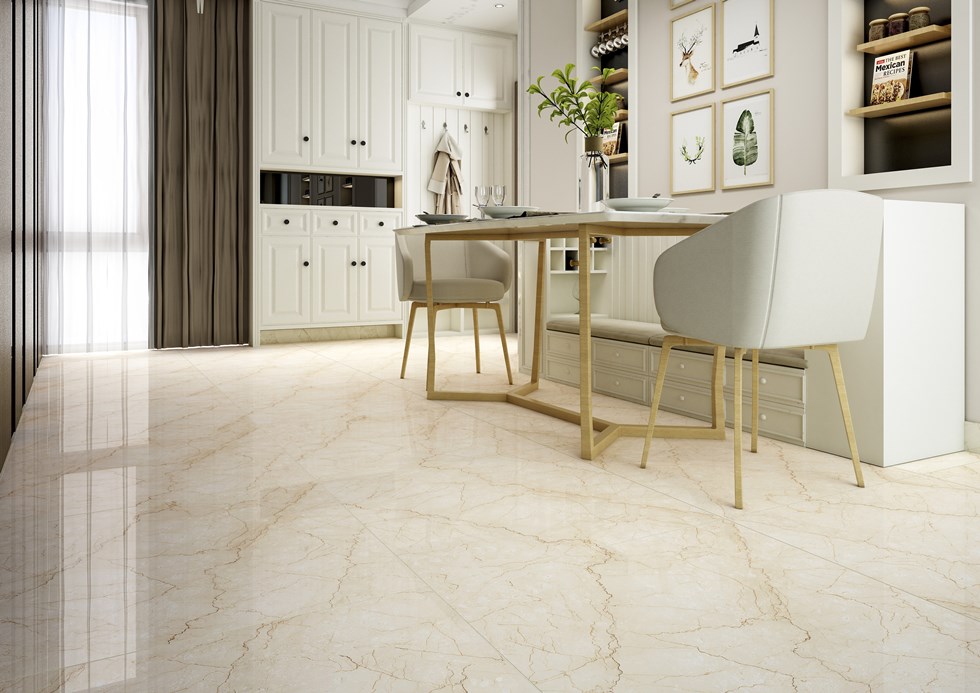
Part 1: The Production Revolution—Technological Trends in Manufacturing
The very foundation of the Russian tile industry is changing. Local and foreign manufacturers operating in Russia are investing heavily in new technology to meet global standards and domestic demands.
A. Digitalization and Advanced Printing Technology
The single most impactful trend in modern tile production is the widespread adoption of digital printing. This technology has moved beyond simple pattern replication to enable stunning realism and endless design possibilities. In Russia, this means manufacturers can now:
- Mimic Natural Materials: They can perfectly replicate the intricate veins of marble, the rich grain of wood, the rustic texture of stone, or the minimalist look of concrete. This allows them to produce aesthetically pleasing tiles that were once exclusive to premium imports, but at a more competitive price point.
- Offer Unprecedented Customization: Digital printing allows for the production of small batches of unique designs, catering to niche market demands and giving designers and architects the freedom to create custom, one-of-a-kind projects. This is a game-changer for the high-end residential and commercial sectors.
- Enhance Efficiency: This technology reduces waste, streamlines the production process, and enables faster product development cycles, making Russian manufacturers more agile and competitive on the global stage.
B. The Rise of High-Tech Materials: Porcelain Stoneware and Large Formats
The days of simple ceramic tiles are giving way to a preference for more advanced materials. Two key trends are at the forefront of this shift:
- Porcelain Stoneware: This material’s superior durability, frost resistance, and low water absorption make it ideal for Russia’s harsh climate. It is increasingly the material of choice for both indoor and outdoor applications, from high-traffic commercial floors to residential patios and facades.
- Large-Format Tiles: Demand for oversized tiles (e.g., 60×120 cm and larger) is surging. These tiles create a seamless, elegant, and expansive look with minimal grout lines, appealing to a contemporary aesthetic. While their production and transport require specialized technology and logistics, manufacturers are investing in the necessary equipment to meet this lucrative demand.
C. Sustainability and Green Production Initiatives
While still in its early stages, a focus on sustainability is an emerging trend that will only grow in importance. Russian manufacturers are beginning to adopt more eco-friendly practices to align with global standards and appeal to a small but growing segment of environmentally conscious consumers. This includes:
- Recycled Materials: Incorporating recycled waste from other industries into tile production.
- Energy Efficiency: Investing in more energy-efficient kilns and production lines to reduce a factory’s carbon footprint.
- Water Management: Implementing closed-loop water systems to minimize waste and conserve resources.
Part 2: The Shifting Marketplace—Trends in Supply and Distribution
How tiles are sold and distributed in Russia is changing just as rapidly as how they are made.
A. The Dominance of E-commerce and Online Retail
The Russian consumer is rapidly moving online. The tile industry, traditionally reliant on physical showrooms, is now embracing digital platforms.
- Online Marketplaces: Platforms like Ozon and Wildberries have become major players, offering a vast array of tiles with the convenience of home delivery. For manufacturers and distributors, a strong presence on these platforms is becoming a necessity.
- Virtual Showrooms: Companies are investing in user-friendly websites with high-quality images, interactive tools, and augmented reality features that allow customers to visualize how tiles will look in their homes. This helps overcome the “touch-and-feel” barrier of online shopping.
B. Leveraging BIM and Digital Tools in Construction
In the business-to-business (B2B) segment, the adoption of Building Information Modeling (BIM) is a significant trend. Architects, engineers, and construction companies are increasingly using BIM to plan and manage projects.
- Digital Catalogs: To be specified in BIM projects, tile manufacturers must provide detailed digital models and specifications of their products. This is a crucial step for gaining a foothold in large-scale commercial and public projects.
- Streamlined Procurement: BIM allows for more accurate material calculations, reducing waste and streamlining the procurement process, creating a more efficient supply chain.
C. The Evolution of the Supply Chain
Russia’s immense geography presents a unique logistical challenge. Emerging trends are focused on optimizing the supply chain to be more agile and responsive:
- Regional Warehousing: Instead of a single central warehouse, companies are establishing regional hubs to reduce transportation costs and delivery times.
- Demand Forecasting: The use of advanced data analytics is helping companies better forecast demand, leading to more efficient inventory management and fewer stock shortages.
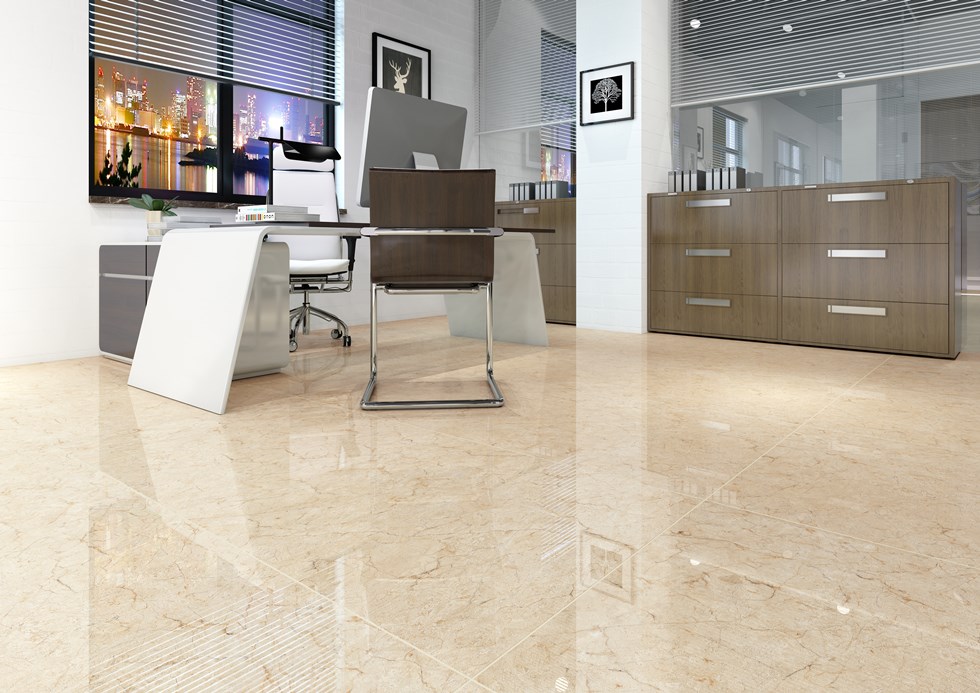
Part 3: The Consumer Evolution—Trends in Design and Consumption
Ultimately, the market is driven by what consumers want. Russian consumers are becoming more sophisticated, and their preferences are a clear reflection of global design movements.
A. Aesthetic Preferences: Minimalism, Textures, and Natural Looks
The ornate and traditional styles of the past are being replaced by a preference for clean, minimalist aesthetics.
- Natural Textures: The most popular trend is the desire for materials that look and feel natural. This includes tiles that mimic the imperfections of real wood, the elegant veining of marble, and the raw, unpolished look of concrete or stone.
- Monochromatic and Neutral Palettes: Consumers are gravitating towards a calm and neutral color palette of grays, beiges, whites, and blacks. This provides a versatile backdrop that can be easily customized with furniture and decor.
- Less is More: The use of large-format tiles and a focus on simple, uncluttered designs reflects a desire for a minimalist, modern living space.
B. Functionality and Application: Smart and Hygienic Surfaces
Beyond aesthetics, consumers are also looking for functional benefits from their tiles.
- Hygiene and Anti-bacterial Properties: The global focus on health and hygiene has led to an increased demand for tiles with anti-bacterial or self-cleaning properties, particularly for kitchens and bathrooms.
- Slip Resistance: For both commercial and residential applications, there is a growing demand for tiles with advanced anti-slip features, especially in high-moisture areas.
- Smart Technology Integration: While still emerging, a future trend could see the integration of smart technology into tiles, such as embedded heating elements or subtle lighting.
C. The Influence of Global Design Trends
The Russian market is no longer isolated. Through social media and global media, Russian consumers are exposed to international design trends from Europe and beyond. This has created a more discerning consumer who expects high-quality products and cutting-edge designs, forcing both domestic and international players to continuously innovate and adapt.
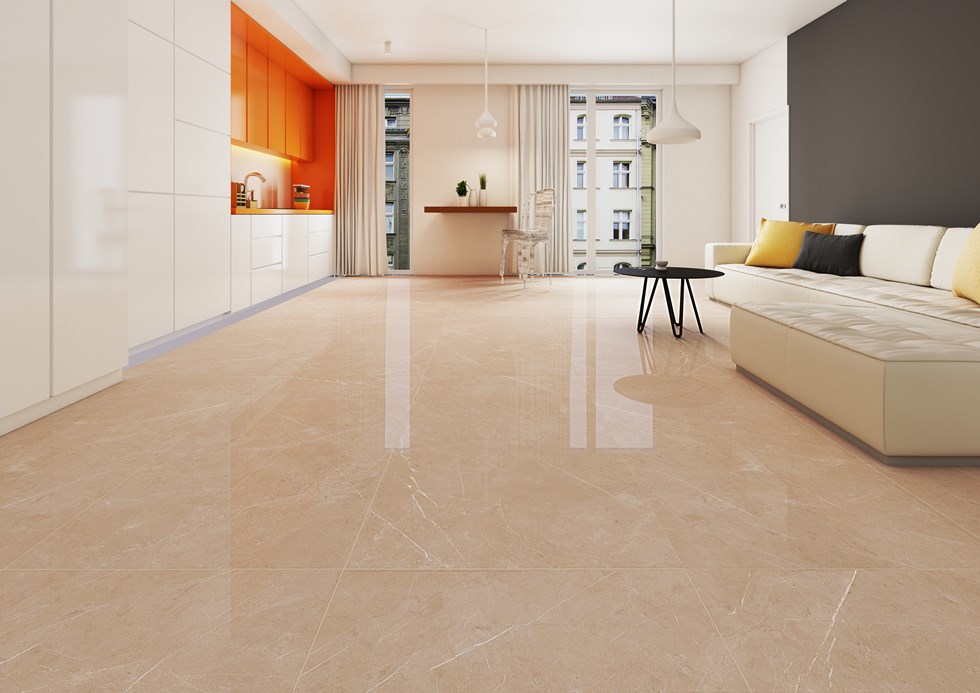
Conclusion: Navigating the New Era of Russian Ceramics
The Russian tile and ceramic industry is experiencing a dynamic shift, driven by a convergence of technological innovation, changing marketplace dynamics, and evolving consumer preferences. From the digitalization of production processes to the surging demand for large-format porcelain stoneware and the rise of e-commerce, the market is rapidly maturing and aligning with global standards.
For any business operating in or looking to enter this market, the message is clear: success hinges on a commitment to innovation and adaptability. By understanding these emerging trends and strategically positioning your products and services to meet them, you can not only survive but thrive in the competitive landscape of the Russian tile and ceramic industry. The future is here, and it is being shaped by those who embrace these powerful forces of change.
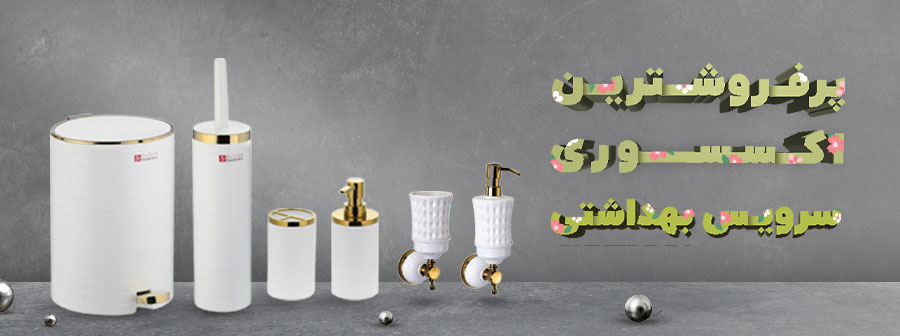
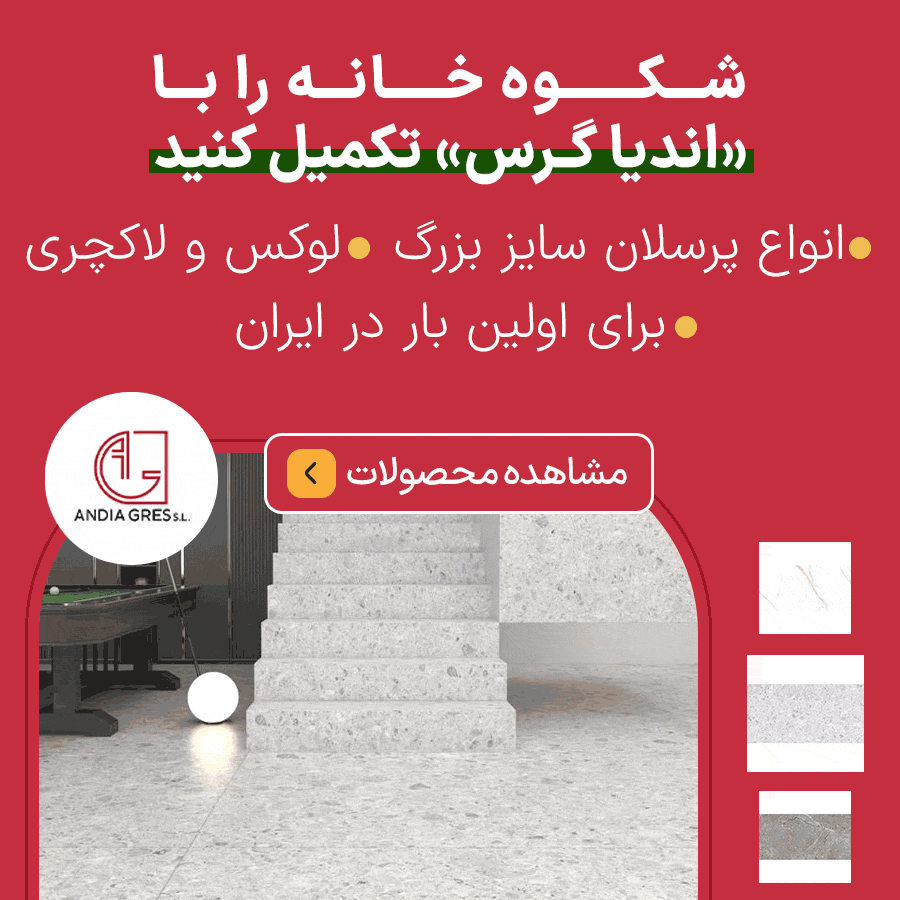
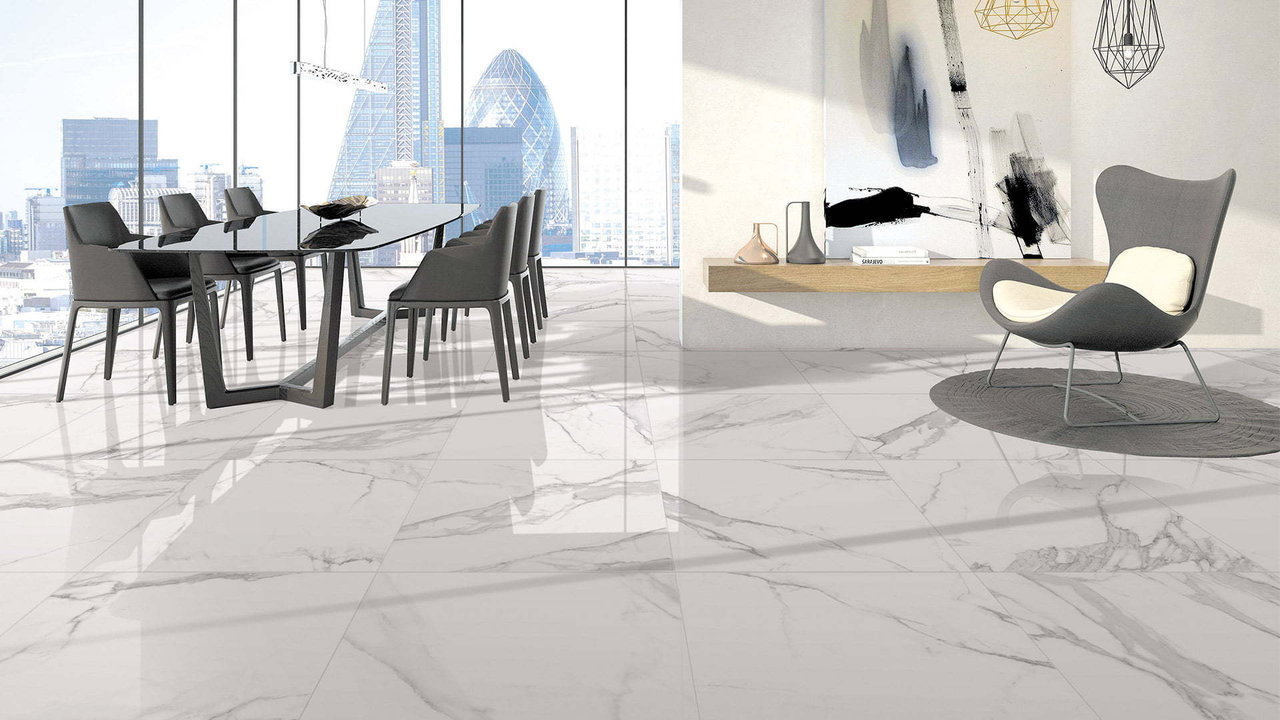
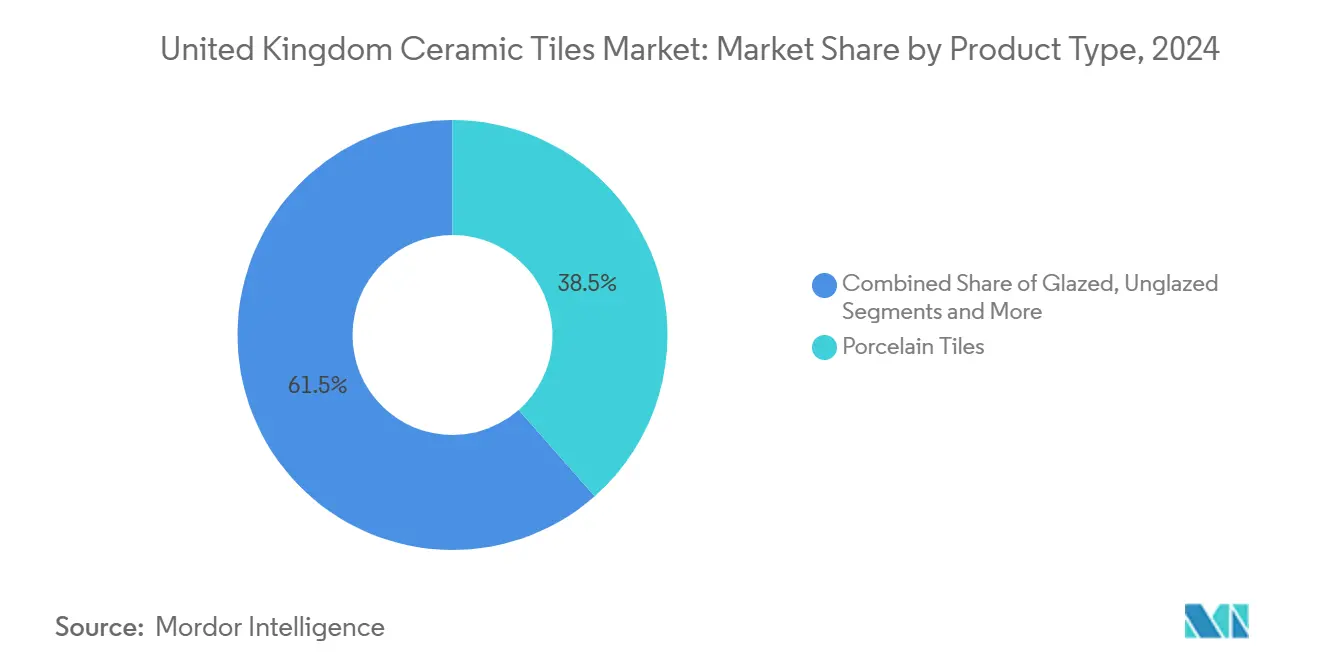
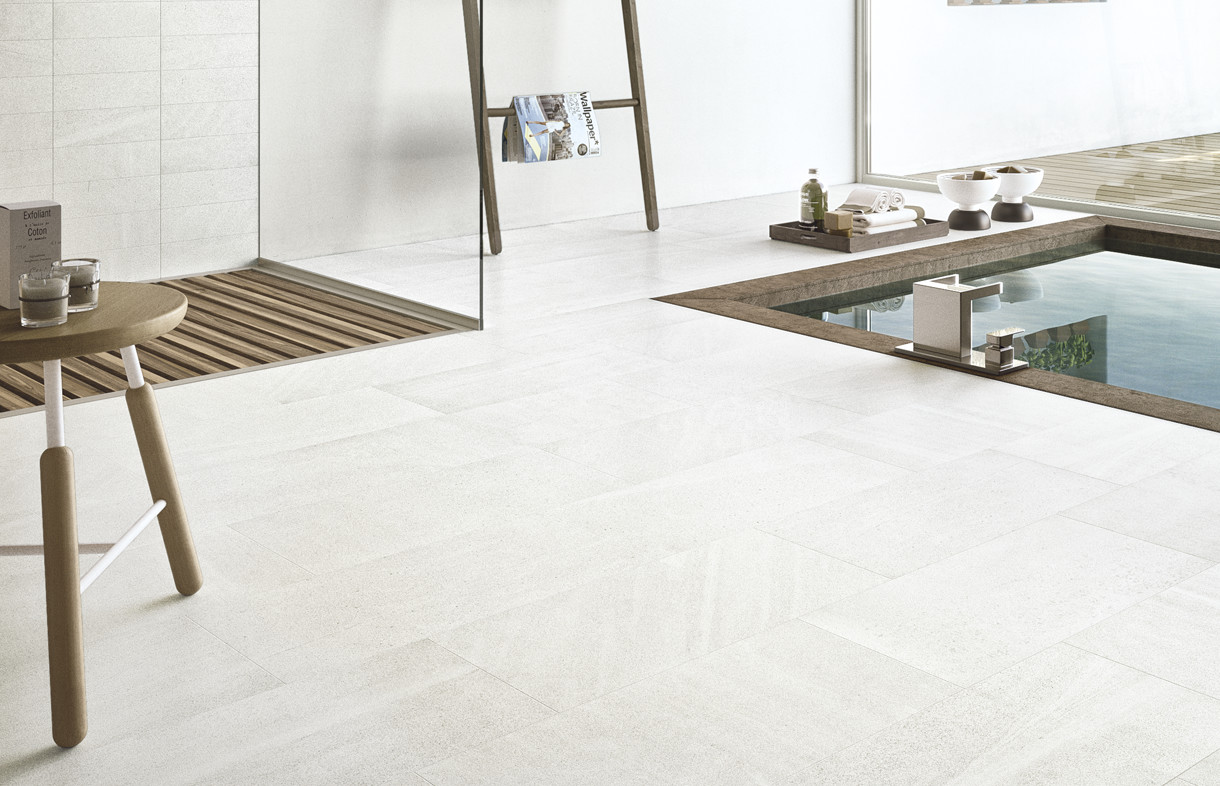

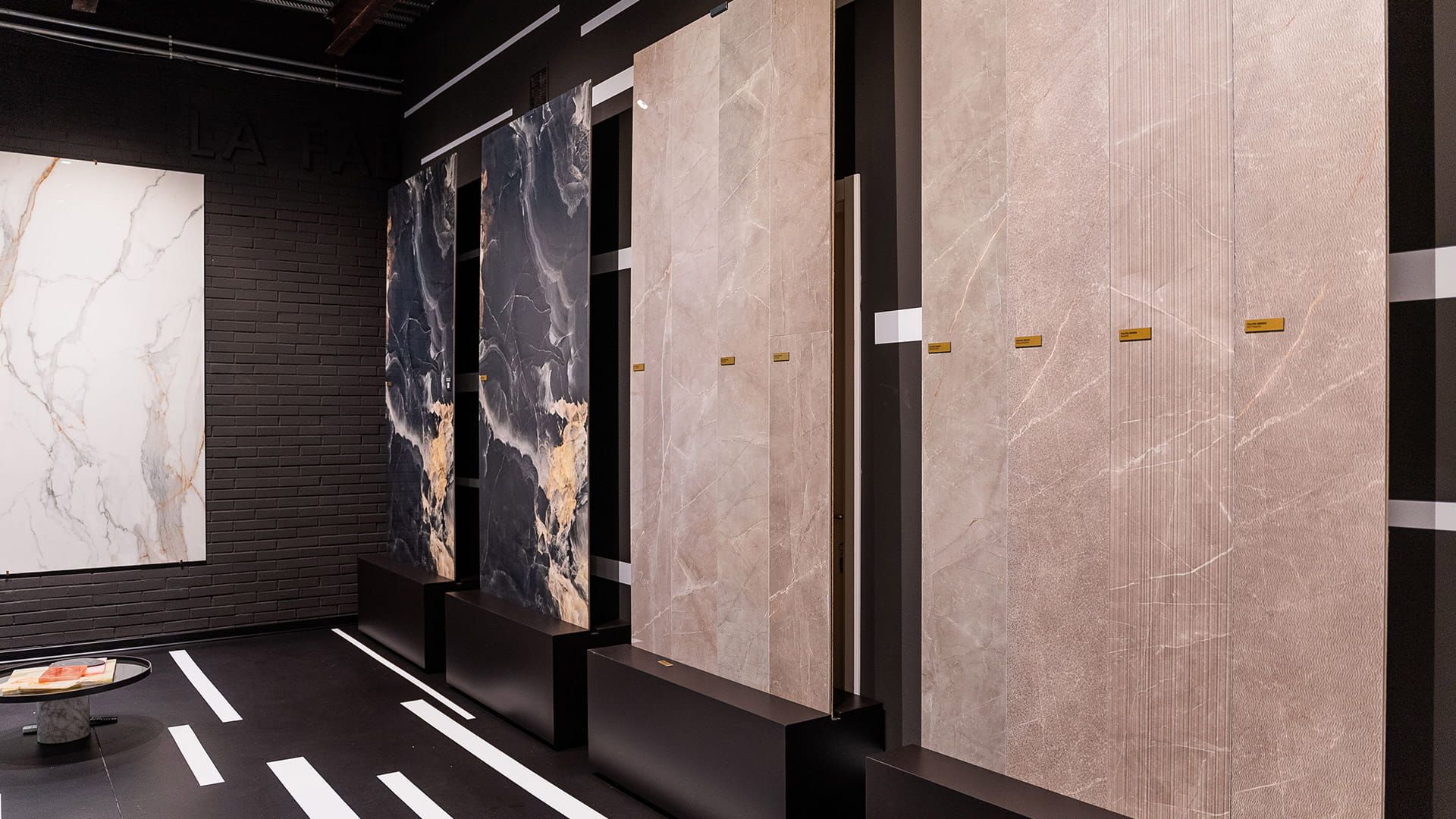

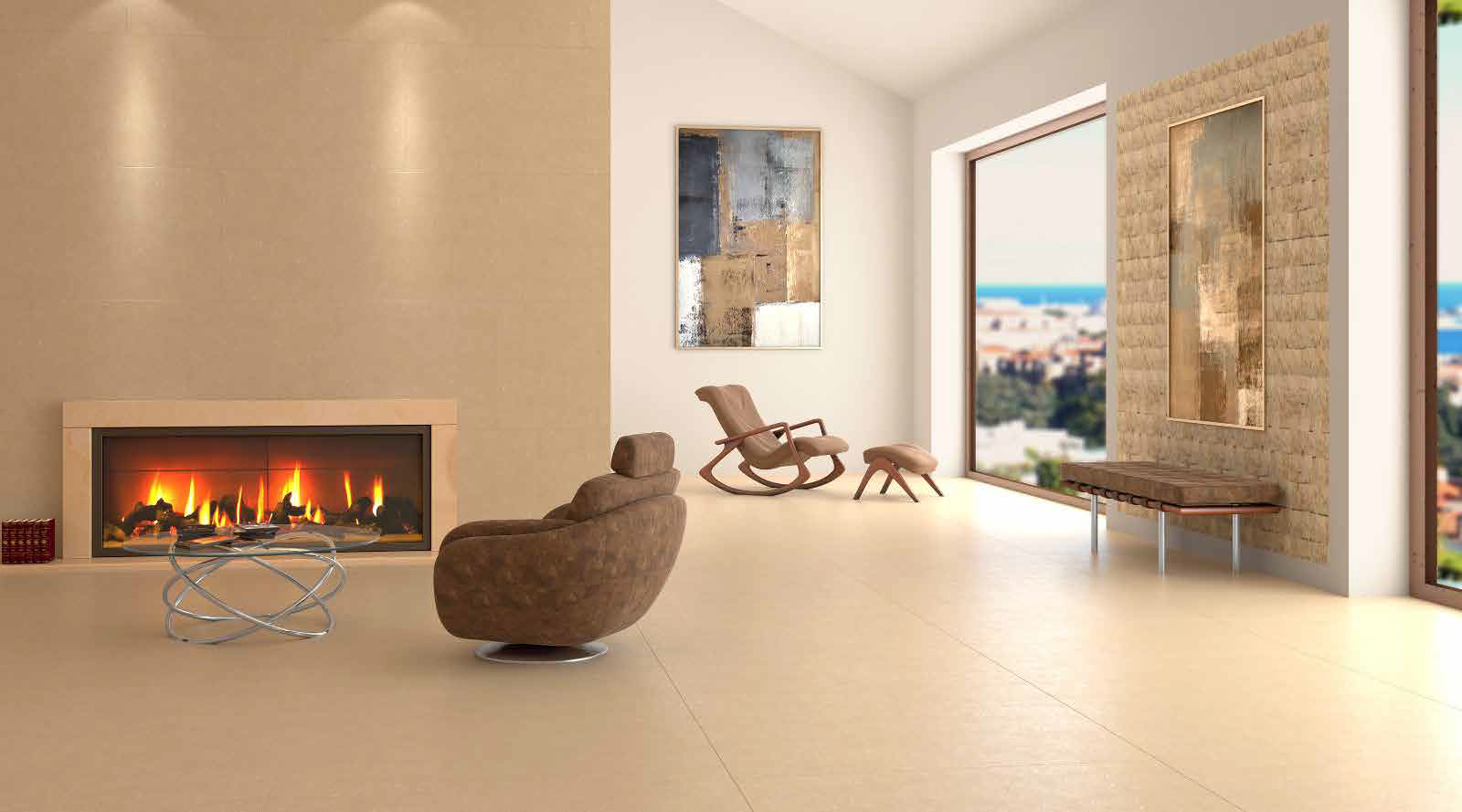
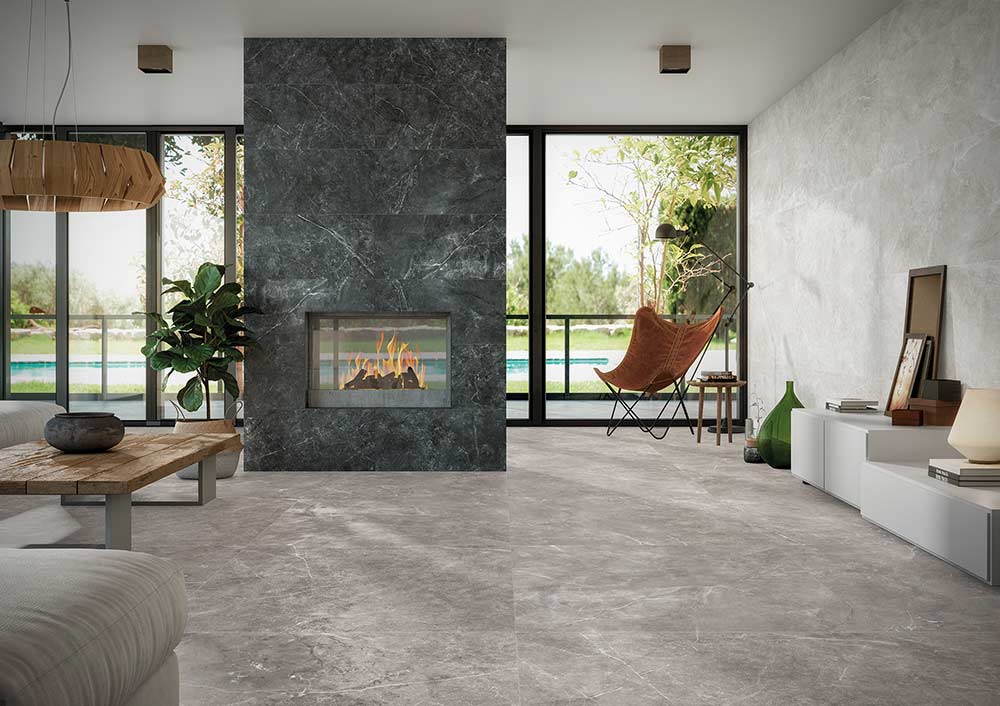
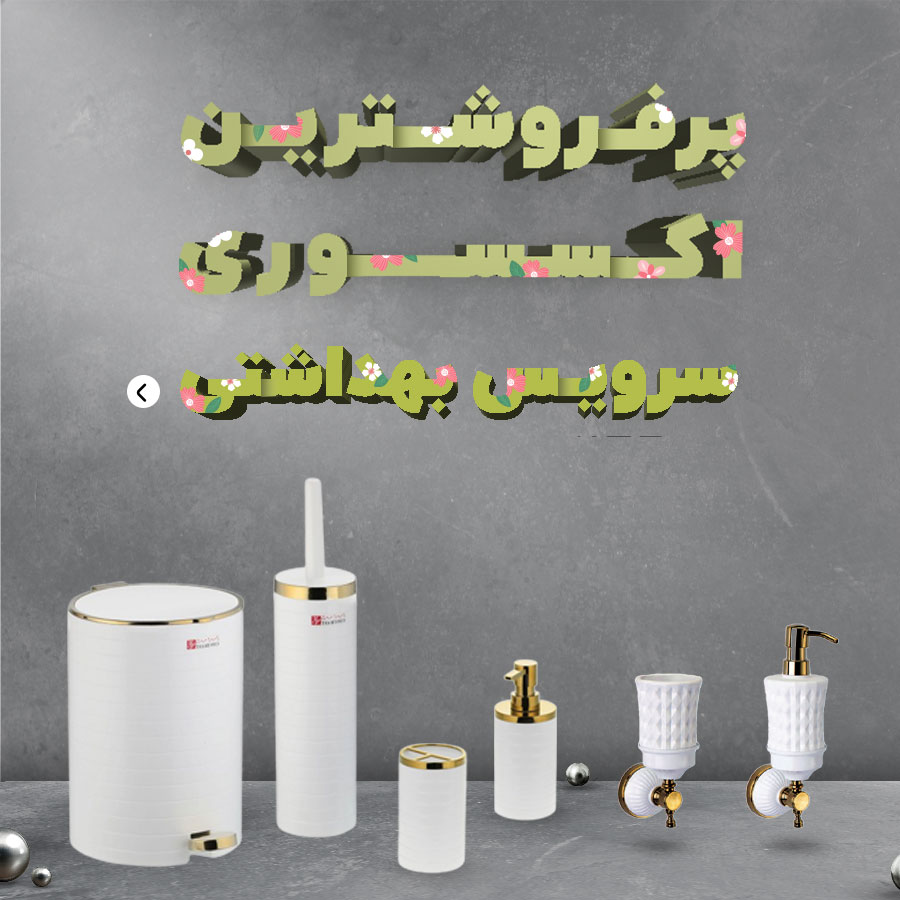

نظرات ۰